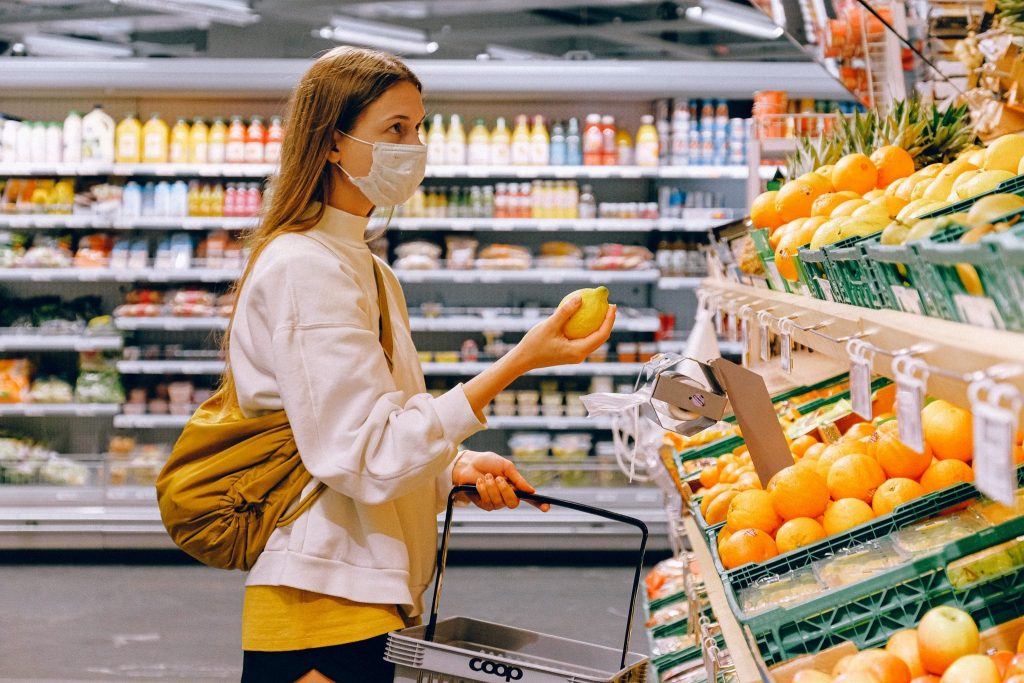
This is one of the safest ways to replenish grocery stocks. But there are nuances.
Is it dangerous to order food at home
The preliminary answer that scientists give is no, not dangerous. So far, there is no evidence that coronavirus could be transmitted through cooked foods and food.
Scientists carefully analyzed the data collected during the outbreaks of SARS and Middle Eastern Respiratory Syndrome (MERS), the closest relatives of COVID ‑ 19. There were no infections through food. With an eye on this experience, it can be assumed that the transmission of a new coronavirus through food is unlikely. Moreover, such facts have not yet been recorded.
Nevertheless, some risks still remain. They are small but worth considering. Here they are.
1. The virus can theoretically be infected through packaging
Although USDA experts insist that there are no cases of transmission of Wuhan coronavirus via food packaging, they still remind you: SARS ‑ CoV ‑ 2, like other viruses, can survive for some time (from several hours to, possibly, 9 days) on the surface of objects. This also applies to plastic bags, cardboard and plastic boxes.
When you touch an infected surface, the virus stays on your fingers. And it can enter the body if you touch your mouth, nose, eyes. This is not the main route of infection, but nonetheless very real. Therefore, WHO and public health services in different countries strongly recommend:
-
- Wash your hands often with warm water and soap. Do this, including before, during, and after cooking.
- Make every effort to prevent your hands from touching your face — especially your mouth, nose, and eyes.
2. The virus can be picked up from the courier
And here the main route of infection is already probable — airborne. Product suppliers are at great risk because they are in contact with a large number of people. If the courier is sick, he may be contagious to others, including customers.
Therefore, try to minimize contact with the courier. Pay for orders online so you don’t pay in cash (there may also be a virus on banknotes). Ask to leave the box with your order under the door and pick it up when the delivery man leaves.
3. The virus can be transmitted through takeout foods.
Such hazardous foods include, for example, unpacked bread, pastries, pizza, prepared salads.
Epidemiologist Stephen Morse of Columbia University said that cooked food alone is not dangerous. Even if the person who prepared and packaged it was ill, the food itself would not contain the virus. But with one nuance.
If someone sneezes on a salad, there will be some chance of infection. However, if you order food from a manufacturer who strictly follows the rules of hygiene, the risk is very small.
In general, order cooked meals only from a trusted vendor.
Picture Credit: Pexels
